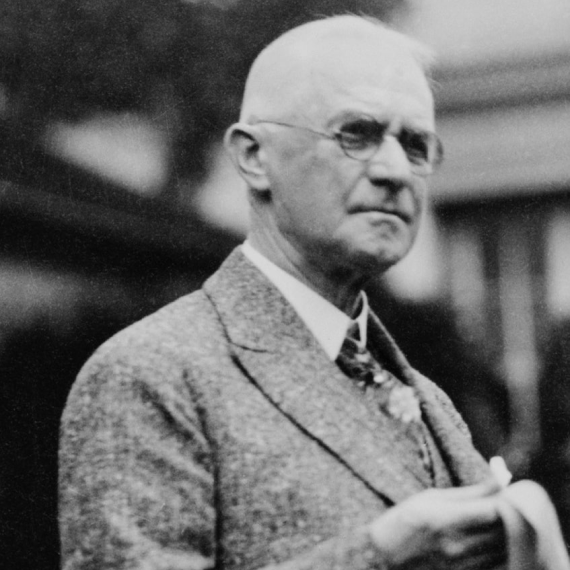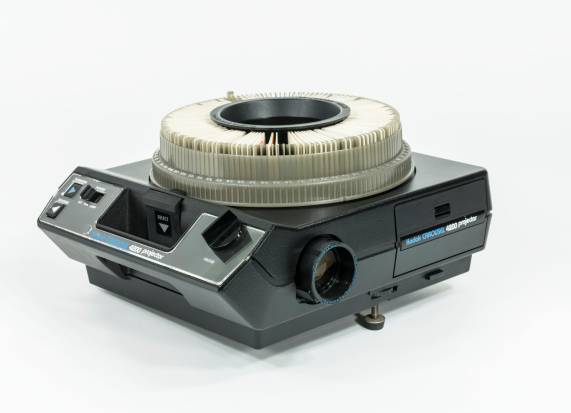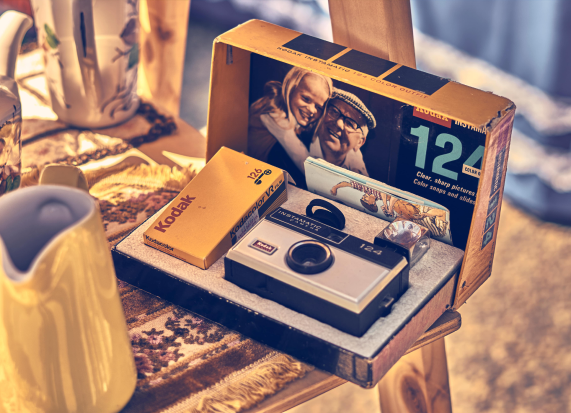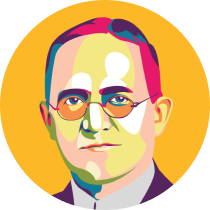Your basket
Free home delivery from 79€
You're only missing
79 €| Total items | 0,00 € |
|---|---|
| Delivery | Calculated in the next step |
| Total | 0,00 €* |
Accepted and secure payment methods
Languages
Your favorite items
Log in to access your wishlist
Notifications








.png)


